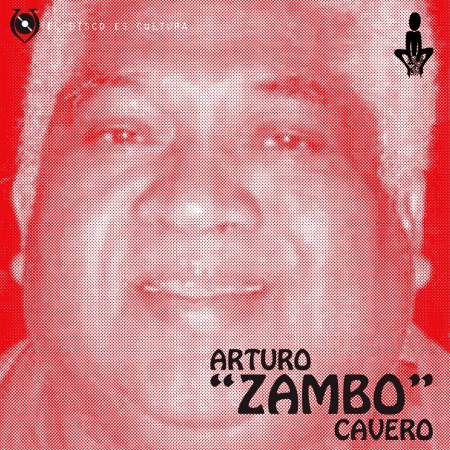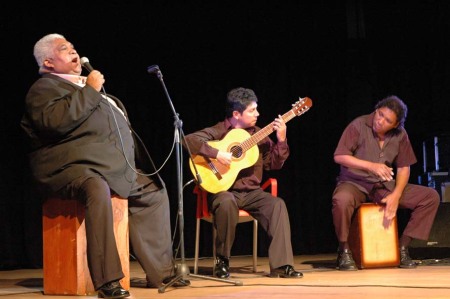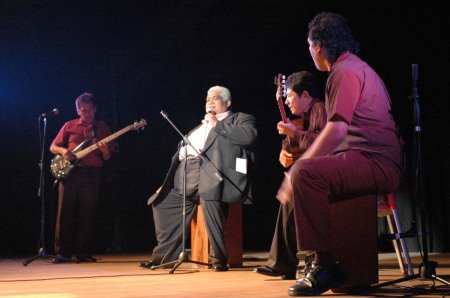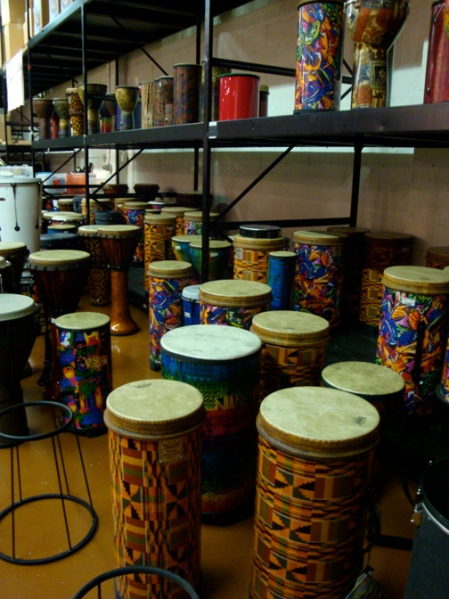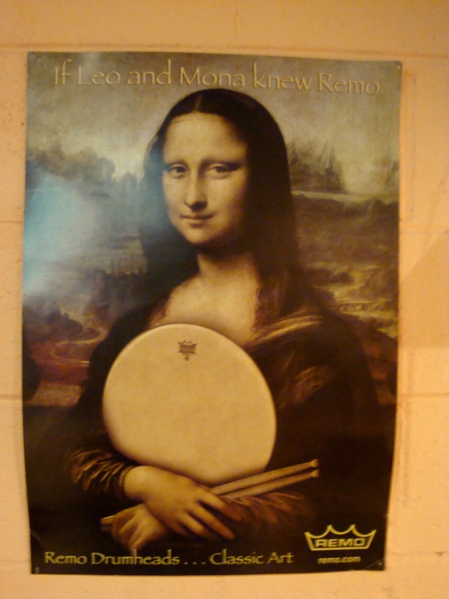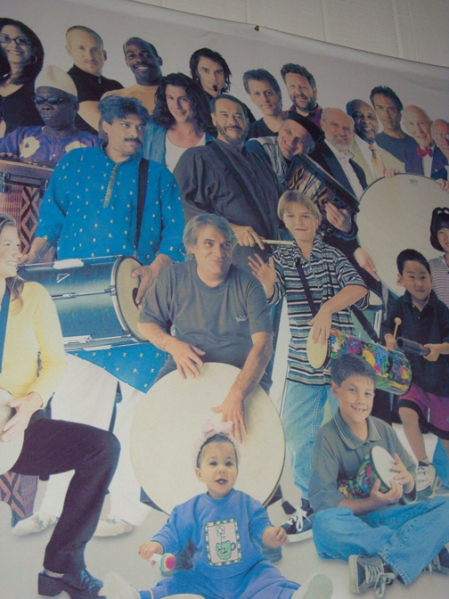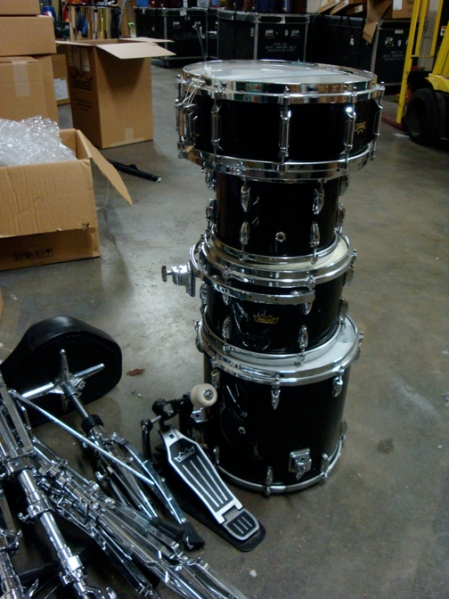Archive for the Music Negra Category
4 YEAR Annvr. CAÑETE ARTE NEGRO blog
Posted in Chicha Music, Music Negra, new blog intro on December 10, 2010 by Listen Recovery” THE MUSICAL PRACTICE OF THE BLACK POPULATION IN PERU by Chalena Vasquez (English version)
Posted in Books, Ethnomusicology, Music Negra, Peru, Peru Negro, Peru Treasures, Preserving Culture, South America on August 28, 2010 by Listen RecoveryChalena Rosa Elena Rodriguez Vasquez is one of the most renowned musicologists in Peru. His text “Musical Practice of the Black Population in Peru” was published in 1982 and won the prestigious House of Musicology of the Americas Cuban organization reports, investigates, promotes, recognizes and publishes the work of scholars of literature and arts.
Chalena interest lies in the study of Afro-Peruvian holiday traditions found in El Carmen and other nearby areas in the provinces of Cañete and Chincha, areas where the black population has a significant percentage in our country. These traditions are studied from field surveys and documented with historical and sociological analysis that supports the first part of the book. In its first pages the author also reflects on the impact it has had on these artistic process of cultural commodification and corporate image.
The introduction of the book shows the clear line that she draws between the spontaneous and commercial:
“… We encounter many difficulties to see that we had left a false hypothesis. The intense activity of many folk music groups of so-called black, Negro or Afro, Black … as Peru had made us think that this music scenario was also presented in a spontaneous and intense practice at the grassroots level … From the first interviews we could see that at spontaneous, this practice rarely performed musical. Understanding spontaneity as an activity outside the framework of official parastatal or commercial. But the musical practice we found it was mostly within that framework: the commercial.
Then … we headed south, Cañete and Chincha, where the percentage of black population is higher … toured villages and farms, whose residents highlighted that “it hardly makes the music”, “that was old days” or “no money for holidays.” However, we note that extinction is not total, but the musical practice is so sporadic that it is necessary to stay and the place of many months at least … While in this search, we found in El Carmen, Chincha near town and in other towns in the same area … a demonstration that has great effect that is made for Christmas time: the Dance of Negritos (pack of Negritos) “(p. 9-10)
The first part of the book shows a brief history of African slavery with demographic data, we highlight that Peru is not ethnically African populations became established (different cultures) and therefore have brought musical expertise of various kinds. It shows how the Spanish banned the musical practices of African and regrettable that means having only purely literary data without a reference to the “sound phenomenon” of this music, it then would enter a stage of near disappearance.
The text that we detailed the nineteenth century, dance and music were often a tool to achieve social advancement and recognition, because sometimes people of African descent came to be masters of dance of the ruling class. However, the musical practice was separate parties: the ruling class dance in the “grand salon”, the waltz, mazurka, Jack, minuet, etc.., While dancing classes in villages and alleyways, musical forms such as zamacueca, INGA, the panalivios, the gannet, etc. (p. 24) concludes this section stating that black musical forms in Peru, are the product resulting from a social practice in which a battle being waged between social classes. Notes also emerges years later the so-called criollismo, new cultural product that would not be entirely black groups, but the lower classes of the Peruvian coast.
Chalena also discusses the current state of music, since 1956, when it appears the Company PANCHO FIERRO (first organized group to present a show of black music) and in which there was no difference between the “afro” and “native”, since in the social practice of the twentieth century there is no difference between black and Creole, and mentioned that the music called “Negro” was not only of blacks but of the lower classes of society. The author then shows how to use the term born “Afro” in the 1960s.
Chalena After we made notes as the professionalization of black folklore, where it notes that participants in the groups of “black art” learning to dance in them, in the trials, which shows little or no musical practice with spontaneously. “The same applies to people coming from south of Lima (Cañete, Chincha). Many of the groups that make up Lima, are people in those places … We emphasize this because we consider important to note the lack of spontaneous social practice of music-of the people, even those with high percentage of black population. ” (P. 43)
The author describes a general way of structuring music shows “black”:
– First is the need for the product is “folk”, present to some extent “the most authentic black folk” of those events that oral tradition and continuity did not reach total extinction as is the case of native stomping practiced in various communities of Chincha and Cañete, as well as others that were not intense practice at the grassroots level: alcatraz, Inga, bull kills, etc.
– On the other hand is the reconstruction of some dances that apparently were already obsolete and Land or Zamacueca. Another dance that was in disuse is the celebration, which originated in the part of the choreography is known today is credited to Don Porfirio Vasquez.
– A third aspect to consider would be innovation, aesthetic value is achieved by market needs. Chalena emphasizes “the performance of a pseudo rituals in which one notes the influence of the ballets of Senegal, Guinea and Cuba, that although he recognizes an undeniable aesthetic value, are quite questionable, because at present as folk are completely distorting reality and spreading a false image of the black in Peru “(p. 46)
– Finally, there is a type of recreation, innovating the instrumentalization or incorporating instruments fell into disuse. Such is the case of the reco-reco, according to Carlos Hayre instrument was brought to Brazil by Nicomedes Santa Cruz.
The second part of the book is devoted to a thorough musicological study of dance in their little black pack of butt shapes, such as spontaneous practice of that population.
Within the population cañetana interviewed for this book, we mention Angel Donayre (son), Guillermo Donayre, Carlos Donayre, RA Manzo, Francisco Timor, David Fernandez, Toribio Sánchez, Flora Ruiz, Adel Chumpitaz, Pancho Benavente, Benavente Augusta, Alberto Ruiz, Gregory Cubas, Jose Fernandez, Isabel Bravo, José Centeno and Cesareo Zegarra.
Eduardo Campos Yataco
lalitocy







